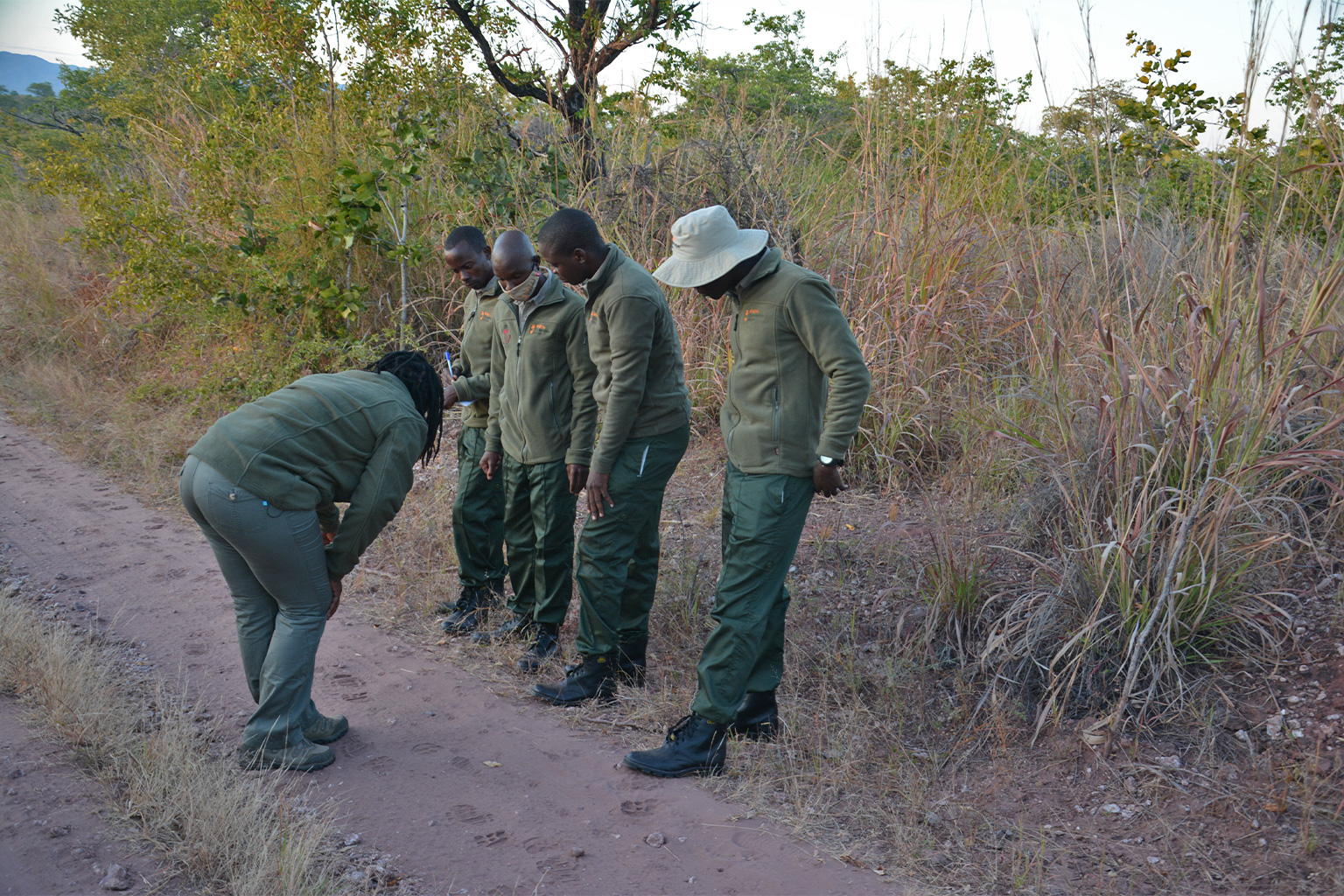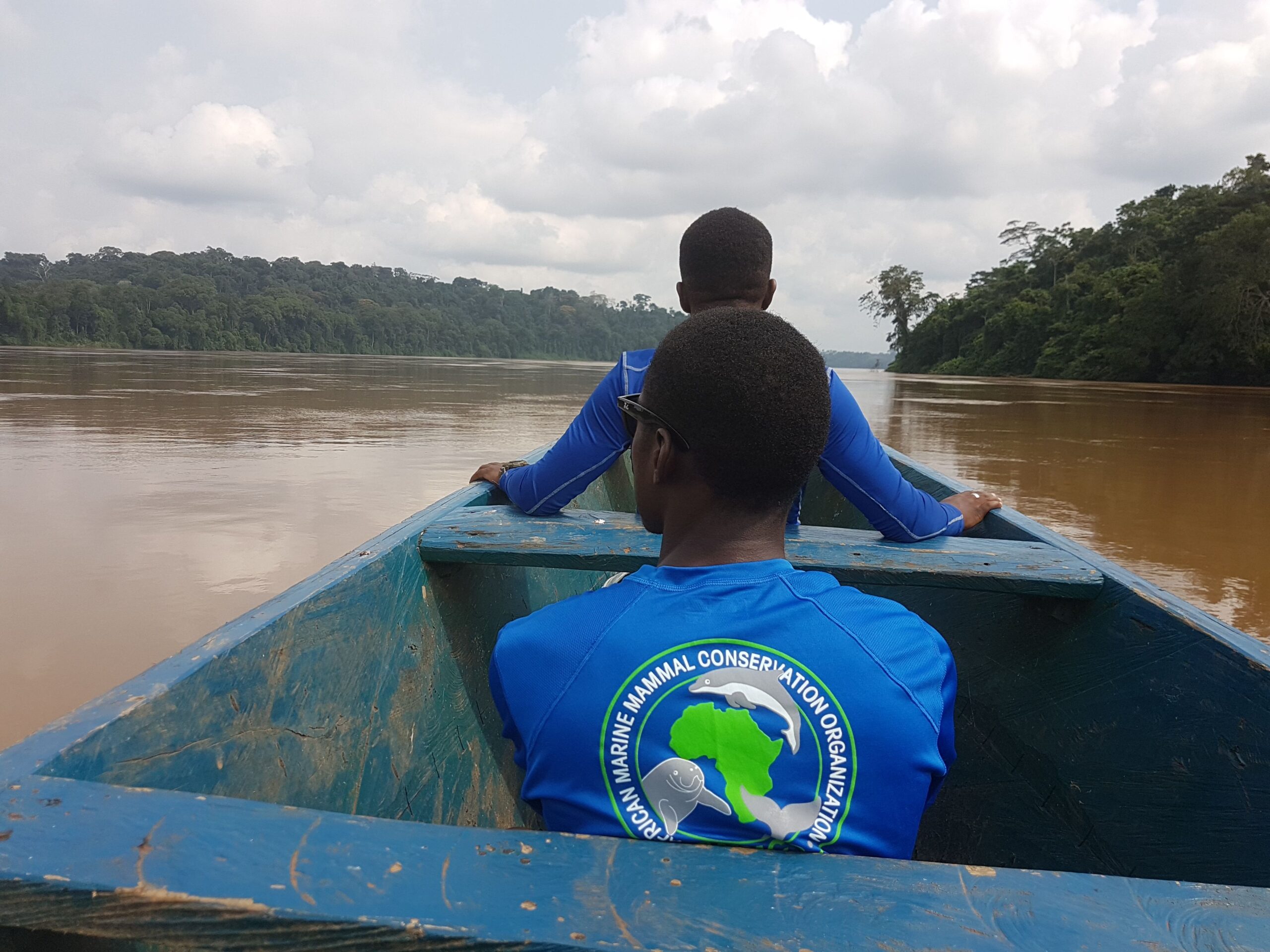- A recent report from conservation nonprofit Maliasili scrutinizes partnerships between big international NGOs and their smaller conservation-focused partners in Africa.
- The biggest pain points in these often lopsided relationships Africa appear to be money, trust, and autonomy, the report says.
- More than half of the local organizations surveyed in Maliasili’s “Rooting for Change” report cited a lack of trust as a challenge in partnerships.
- “We want a supporting relationship rather than a dictatorial partner,” John Kamanga, co-founder and director of the Southern Rift Association of Landowners (SORALO) in Kenya, told the report authors, and “a willingness to co-design and build from our ideas.”
In the conservation world, partnerships between the big international NGOs, or BINGOs, and local grassroots organizations are often marriages of unequals. And as with any union, the biggest pain points appear to be money, trust, and autonomy.
For organizations working in Africa, the relationship is further complicated by local organizations’ dependence on foreign funding — about 80%, according to one estimate. Much of it is mediated through large NGOs present in multiple countries headquartered in the Global North, with better access to financial capital and global networks.
A recent report from U.S. nonprofit Maliasili sought to scrutinize these partnerships between BINGOs and conservation-focused civil society organizations in Africa. The latter are entities “rooted in their communities or countries’ civil society,” seen as having great potential as change-makers because they tap into the knowledge and experience of the communities in which they’re embedded.
“In the global context, there is a move to localize conservation funding and decision-making,” said Resson Kantai Duff, portfolio funding director at Maliasili. “Multilateral environmental agreements are recognizing the pivotal role Indigenous people and local communities are playing in addressing climate change and conservation challenges.”
In December 2022, nearly 200 countries endorsed a global pact for nature and people, committing to protect 30% of the planet by 2030. For a rights-based, community-centered approach to be at the core of this expansion, local actors say they must be front and center.

‘Trust is a huge issue’
In the Maliasili report and in interviews with Mongabay, African conservation leaders described how some collaborations hold them back and what needs to be done to empower them to make a difference.
There’s one glaring imbalance. “The person giving money is naturally the boss,” said Aristide Takoukam Kamla, founder of the African Marine Mammal Conservation Organization (AMMCO), based in Cameroon. “It is not just [with] conservation. This is true of society.”
The other is trust. Maliasili’s “Rooting for Change” report relied on 49 online survey responses and 23 key informant interviews from people in 18 African nations. More than half of the local organizations surveyed cited a lack of trust.
“Trust is a huge issue,” said Moreangels Mbizah, founder of Wildlife Conservation Action, a nonprofit in Zimbabwe dedicated to conserving biodiversity, promoting human-wildlife coexistence, and supporting local communities.
She said several factors contribute to a trust deficit. One is historical: the global conservation enterprise’s roots in colonialism and suspicions that it continues to be tainted by colonialist impulses. In the postcolonial setting, a fortress model of conservation emerged that alienated not just residents but also organizations that sought to work with and within these communities.
“Even when you want to start that relationship, you start from a point of mistrust,” Mbizah said.
Financing is the glue for many of these partnerships. Local NGOs say that BINGOs don’t trust local organizations with funding, especially large grants. BINGOs may believe an outfit’s small size, lack of experience, or managerial weaknesses would prevent it from delivering on its promises. This traps the local CSO in a cycle where its limited capacity becomes a reason it’s denied sufficient funding, which in turn limits its growth, said Kamla.
In turn, smaller organizations sometimes view the big fish as wealthy middlemen, zealously policing funds for conservation efforts taking place in the local organization’s backyard. Local NGOs fret that BINGOs retain large chunks to finance their own high-flying operations (for example, administrative costs of running faraway offices and staff salaries) instead of channeling funds to local partners.
Kamla said this can be particularly galling when considering the many restrictions placed on local NGOs for using funds.
Wanted: Partners, not dictators

Lopsided funding structures don’t always doom partnerships, according to Mbizah. It depends on what role BINGOs choose to play. While some are rigid and bureaucratic in their approach, others are more flexible and responsive. Fostering a close relationship with international actors who dictate terms is difficult.
Local NGOs look for partners who bring more than just money to the table; ideally, allies who invest in their partners and the partnership.
Mbizah gave the example of the Wildlife Conservation Network. This U.S.-based nonprofit isn’t a BINGO in the traditional sense, with decision-making power more decentralized at WCN, Mbizah said. On its website, WCN says, “100% of designated donations go directly to partners in the field, with zero overhead taken out.”
It supports local organizations, many of which protect flagship species in Africa: cheetahs, lions, elephants, and mountain gorillas. Beyond its working partners, WCN has an “extended network” that seeks open collaborations outside formalized partnerships. It also has a program to support conservationists the world over, including in Africa, through scholarships and career development.
Fred Nelson, a U.S.-based conservationist who has spent more than two decades working in Africa, started Maliasili in 2010 to champion and nurture promising local conservation organizations on the continent. (Maliasili is Swahili for “natural resources.”)
Kamla from AMMCO also commended the IUCN, the Switzerland-based wildlife conservation authority that counts among its members governments, NGOs and scientists. It was one of AMMCO’s early funders, and what set it apart for Kamla was that along with putting in money, the IUCN also helped Kamla’s outfit prepare a strategic work plan, and improve communications and time management.
Most local NGOs surveyed in the Maliasili report also faulted a “top-down approach” for the failure to establish lasting successful relationships. John Kamanga, co-founder and director of the Southern Rift Association of Landowners (SORALO) in Kenya, told the report authors he sought “a willingness to co-design and build from our ideas.” While smaller NGOs want more involved partners, they also know what they don’t want. “We want a supporting relationship rather than a dictatorial partner,” Kamanga said. “Do not dictate to us.”
Other sticking points included BINGOs expecting transparency from the local entity but being unwilling to be open about their plans and strategies.
There’s sometimes also a clash of values or approaches.
“We really want to put communities first,” Mbizah said. This might not work for an NGO that “uses aggressive methods to do conservation and working against people.” Sometimes, big nonprofits put the rights of animals before people, she said.

In their efforts to protect big cats, Mbizah said, some international NGOs tend to focus exclusively on the animal without enough consideration for the communities who live next to the wildlife and might be suffering losses like livestock predation. Wildlife Conservation Action prioritizes coexistence and easing conflicts.
There’s also the question of how to valorize traditional knowledge. Vital Bambanze, of the group Let’s Unite for the Promotion of the Batwa (UNIPROBA) in Burundi, told the Maliasili report authors that “most INGOs base their work on consultants sent from non-Indigenous organizations and sometimes give a negative image of Indigenous organizations.” For them, capacity derives from academic degrees and not the knowledge of Indigenous people, specifically their traditional knowledge, he said.
Mbizah and Kamla declined to name BINGOs perceived as being difficult partners, citing fear of jeopardizing relationships.
While BINGOs often make smaller NGOs jump through many hoops to secure collaborations, the latter are usually not in the position to turn away partners. Mbizah and Kamla said they were trying to be more discerning in choosing international collaborators. But it’s not easy when funding is so scarce. For some NGOs, these grants not only make their work possible but keep them alive.

Only 5%-10% of all philanthropic funding in Africa goes to African organizations, Duff from Maliasili said.
What would help, according to Kamla, is access to more unrestricted funding, with the freedom to decide how to use the funds. “The funder is not on the field, so sometimes, they don’t know the reality. Things can change when you are in the field,” he said. “One is too restricted to fully enjoy making a change.”
He said AMMCO is trying to self-finance by promoting ecotourism. But revenues are still small and unlikely to replace outside funding anytime soon.
“Partnerships need to lead with recognition and respect for grassroots organizations’ expertise, support for the long-term work, and simpler reporting requirements to ease funding flows,” Duff said.
This yearning for greater autonomy is rooted in a grassroots push from Indigenous peoples and local communities whom these CSOs often “mobilize, advocate for and represent.” It is a demand for greater decision-making powers and for “their practices and worldviews to be recognized and enabled by national and international governance processes,” the report said.
Banner image: Moreangels Mbizah, founder of Wildlife Conservation Action, speaking during Fellows Session at TED Talks 2019: Bigger Than Us in Canada. Image by Ryan Lash / TED.
Despite pledges, obstacles stifle community climate and conservation funding
